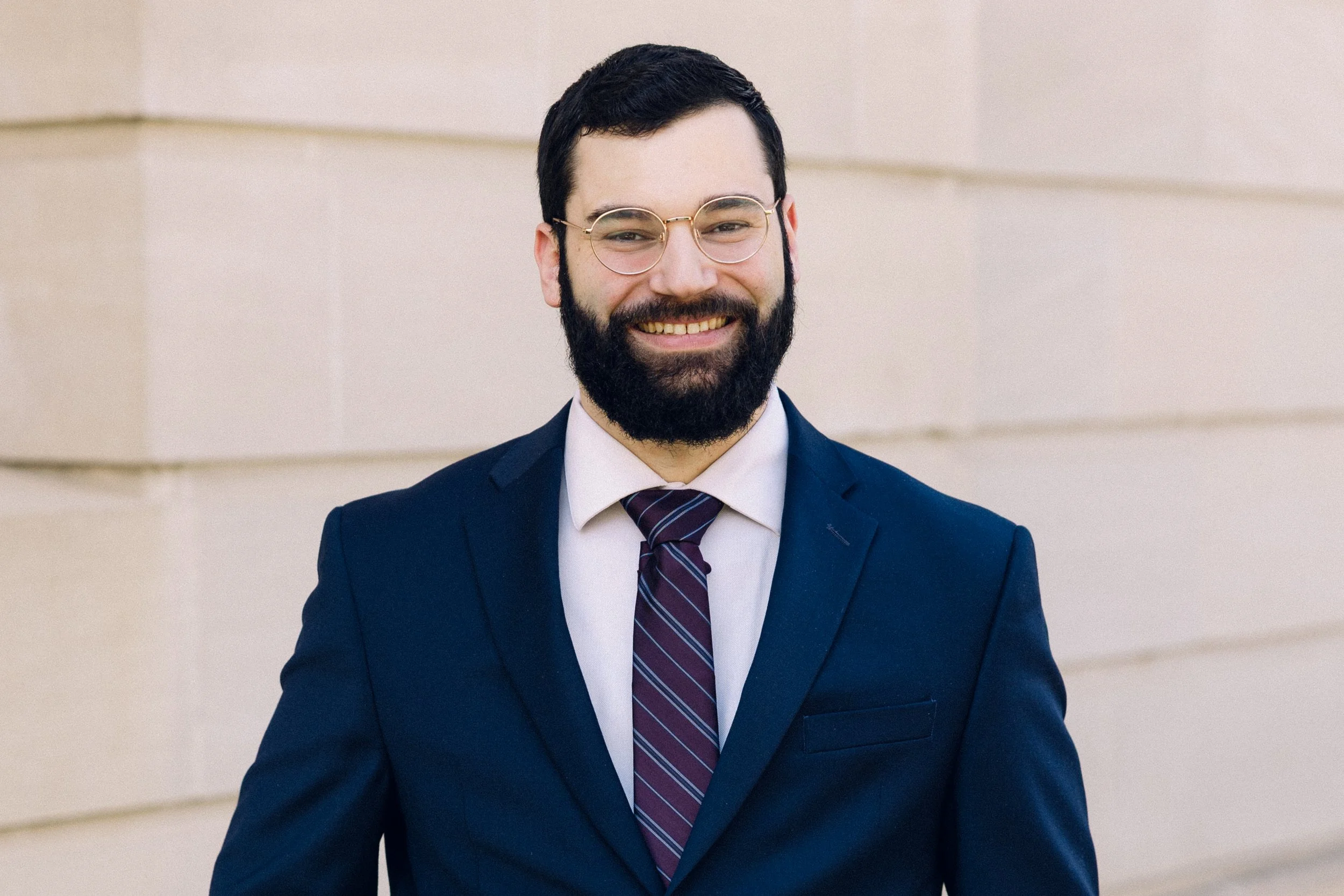Gangs United: Ritualistic Violence as Peacemaker in West Side Story
Introduction: “I like to be in America!”
What does it mean to be an American? As the United States approaches the 250th anniversary of the Constitution, questions about the American experiment and the ties that bind us together feel more urgent than ever. Scholars, historians, and citizens alike often turn to politics, law, and civic discourse for answers. But sometimes, the clearest insights into the American condition come from the arts. Literature and performance, particularly American musical theater, can reveal truths about our culture, our conflicts, and even our violent impulses.
In this spirit, this article begins a multi-part exploration of American literature at 250 years of nationhood, starting at perhaps an unexpected place: the 1957 Broadway musical West Side Story. On its surface, the story may seem far removed from civic reflection: a mid-20th-century retelling of Shakespeare’s Romeo and Juliet set in New York City, complete with singing and dancing. Yet beneath the spectacle lies a profound meditation on conflict, reconciliation, and what it takes to unite divided communities.
West Side Story as American Literature
It may perplex some readers to identify West Side Story as literature at all. After all, it is a musical, not a novel or a traditional play. Yet the work’s enduring relevance lies in its storytelling: its sharply drawn characters, its urban setting, and its engagement with American social realities, from immigration to poverty to ethnic rivalry. By transforming Shakespeare’s tragic tale of star-crossed lovers into a story of two street gangs—the Jets and the Sharks—its creators reframed timeless themes of loyalty, honor, and love in a distinctly American context.
Like its Shakespearean predecessor, West Side Story explores the consequences of hatred, fear, and misunderstanding. But where Romeo and Juliet concludes with the deaths of both young lovers, West Side Story makes a surprising choice: only Tony dies, while Maria survives. This difference is not incidental—it illuminates a uniquely American approach to conflict and reconciliation, one that often intertwines violence, ritual, and fleeting peace.
Mimetic Theory and Ritualistic Violence
To understand this, we can turn to the lens of mimetic theory, a concept developed by the French cultural theorist René Girard. Girard argues that human desire is imitative: we want what others want because others want it. And when two people want something that they perceive to be possessable by only one person, rivalry ensues. In societies across time, ritualistic violence—sacrifices of one kind or another—has served as a mechanism for resolving these tensions. A single, dramatic act of violence can unify warring factions, at least temporarily, by channeling collective aggression toward a symbolic victim—who, regardless of their guilt, function as the scapegoat which quells that society’s rage. Sacrifice, in this sense, is not only religious but political—it is the foundation of social peace.
West Side Story dramatizes this mimetic conflict in the streets of mid-century New York. The Jets, white ethnic youths, and the Sharks, Puerto Rican immigrants, mirror one another in posturing, taunts, and territorial defense. Their conflict is not rooted in genuine differences of interest—the turf they fight over is worthless—but in mimetic rivalry. Each gang wants to maintain power over the other, which in their eyes means security. The jets believe they are the “real” Americans; the sharks believe they are equally American.
The planned “rumble” between the gangs is precisely such a ritual. It is not spontaneous chaos but a structured event with agreed-upon rules, weapons, and participants. It echoes the ritualized duels and feuds that once regulated honor in earlier societies. For the Jets and the Sharks, the rumble is less about material gain than about channeling resentment into a form of shared order. Violence, paradoxically, becomes a way of stabilizing a community.
Tony’s death, I contend, fits precisely within this framework as the violence to end all violence. The Jets continue to see the Sharks as hostile, cowardly foreigners imposing on their home territory, and the Sharks view peace between gangs as out of the question. It is only through Tony’s sacrificial death that the feuding gangs confront the human cost of their animosity. In dying, Tony becomes a living symbol of the senselessness of their feud, compelling both sides to reckon with their shared responsibility for violence.
Here we encounter a central question: why is Tony the only one to die, whereas Romeo & Juliet required the death of both lovers? Moreover, why is Tony and Maria’s love insufficient to unite the two parties?For Girard, sacrificial violence resolves mimetic rivalry by uniting all parties against a single victim. The scapegoat becomes the channel through which collective aggression is discharged, restoring harmony. Tony occupies precisely this role.
Having once been a Jet, Tony seeks to transcend gang rivalry through love for Maria. His refusal to participate fully in the mimetic game makes him a threat to both sides. When he tries to stop the rumble, he inadvertently causes greater chaos: Bernardo kills Riff, Tony kills Bernardo, and the cycle of revenge escalates. By the end, his death becomes the necessary sacrifice that exhausts the rivalry. The gangs, faced with his lifeless body, finally recognize their shared humanity. They lift his corpse together in a gesture of reconciliation.
This recognition does not make Tony’s death noble, nor does it suggest violence is desirable. Rather, it reveals something deeply paradoxical about human society: that the very acts we deplore often serve as the glue that holds communities together. Ritualistic violence, whether on the stage or in the streets, forces a reckoning that ordinary love and reason cannot.
So what does this say about the American experiment as it approaches its 250th anniversary? If West Side Story is American literature, it is because it wrestles with precisely this question: what does it take to forge unity in a diverse and divided society? The musical refuses to give a reassuring answer. It shows us instead that unity often emerges not through lofty ideals or romantic gestures, but through confrontation with violence and death.
Tony’s lifeless body, carried by members of both gangs, becomes a grim civic lesson: reconciliation is possible, but only after blood has been spilled. That is both the tragedy and the warning embedded in this American retelling of Shakespeare.
Conclusion: Lessons from the American Stage
As the nation approaches its 250th anniversary, works like West Side Story remind us that American identity is never merely a set of legal or civic principles. It is also a product of shared stories, communal tragedies, and the sometimes-painful mechanisms through which communities recognize their common humanity. Tony’s death, though tragic, holds a kind of hope: that through recognition, reflection, and, yes, sacrifice, divided groups can find a path toward unity.
In the end, perhaps the American story is always about striving for that unity, even when it comes at great personal cost—a lesson both Shakespeare and mid-century New York street gangs can teach us.





